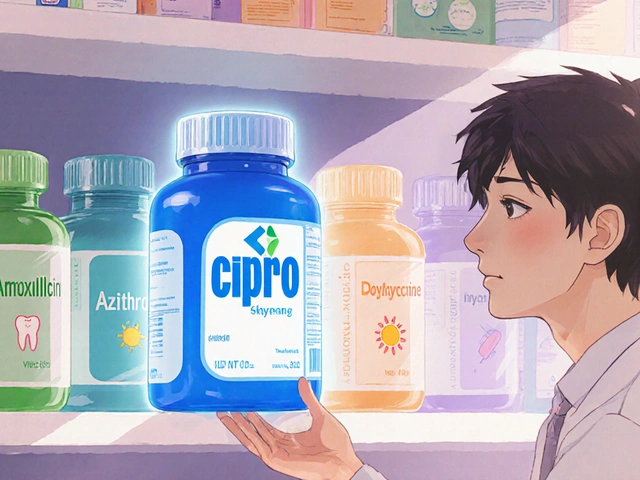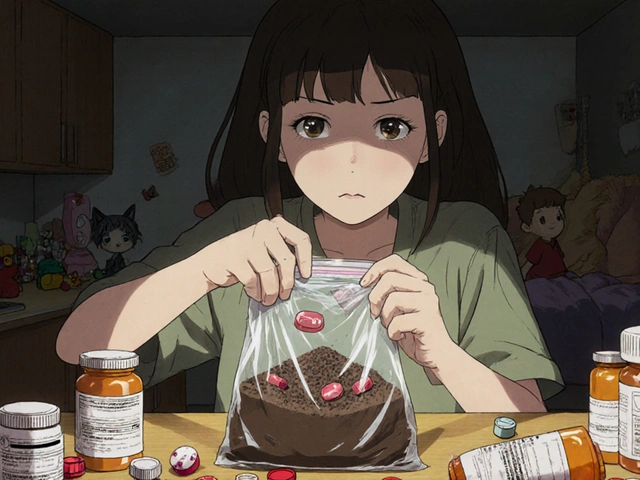Hydroquinone Cream: What It Is, How to Use It, and What to Watch For
If you’ve tried over‑the‑counter spot treatments and still see dark patches, you might have stumbled across hydroquinone cream. It’s a skin‑lightening ingredient that works by slowing down the production of melanin, the pigment that gives skin its color. People use it for melasma, age spots, post‑inflammatory hyperpigmentation, and other stubborn discolorations.
Before you start, know that hydroquinone is a potent drug. In many countries it’s only available with a prescription, while in others you’ll find 2% or 4% strengths in regular stores. The concentration you choose depends on how deep your spots are and how sensitive your skin is. Most doctors begin with the lowest effective dose to keep irritation low.
How to Apply Hydroquinone Cream Correctly
Applying hydroquinone isn’t rocket science, but a few simple steps make a big difference. First, clean the area with a gentle cleanser and pat it dry. Put a pea‑size amount on the spot and spread it thinly – you want a uniform film, not a thick layer. Do this once or twice a day, exactly as your doctor or the product label says.
Because the cream can make your skin more sensitive to sunlight, always follow up with a broad‑spectrum SPF 30 or higher. Re‑apply sunscreen every two hours if you’re outside. If you notice redness, itching, or a burning sensation, cut back to once daily or stop using it for a few days. Most irritation eases when you give the skin a short break.
Possible Side Effects and Safety Concerns
Hydroquinone is generally safe when used as directed, but it does have a checklist of side effects. The most common are mild redness, dryness, or a temporary darkening of the treated area (called paradoxical darkening). Rarely, people develop a condition called exogenous ochronosis – a blue‑gray discoloration that’s hard to treat. This usually happens after long‑term use of high‑strength formulas.
To keep risks low, limit use to three to six months unless your dermatologist says otherwise. After that period, many users take a break for a month or two before restarting. If you’re pregnant, nursing, or have a history of eczema, talk to a healthcare professional before starting.
When it comes to buying hydroquinone cream, stick to reputable sources. Look for pharmacies that require a prescription or reputable online retailers with clear contact info, pharmacist review, and positive customer feedback. Avoid cheap “no‑Rx” sites that promise ultra‑low prices; counterfeit products can contain harmful fillers or the wrong concentration.
Check the label for the exact strength, expiration date, and storage instructions. Store the cream in a cool, dry place away from direct sunlight – heat can degrade the active ingredient.
In short, hydroquinone cream can be a game‑changer for stubborn dark spots when you use it responsibly. Clean your skin, apply a thin layer, protect with sunscreen, and monitor for irritation. Choose a trustworthy seller, respect the recommended treatment length, and you’ll give your complexion the best shot at an even tone.






